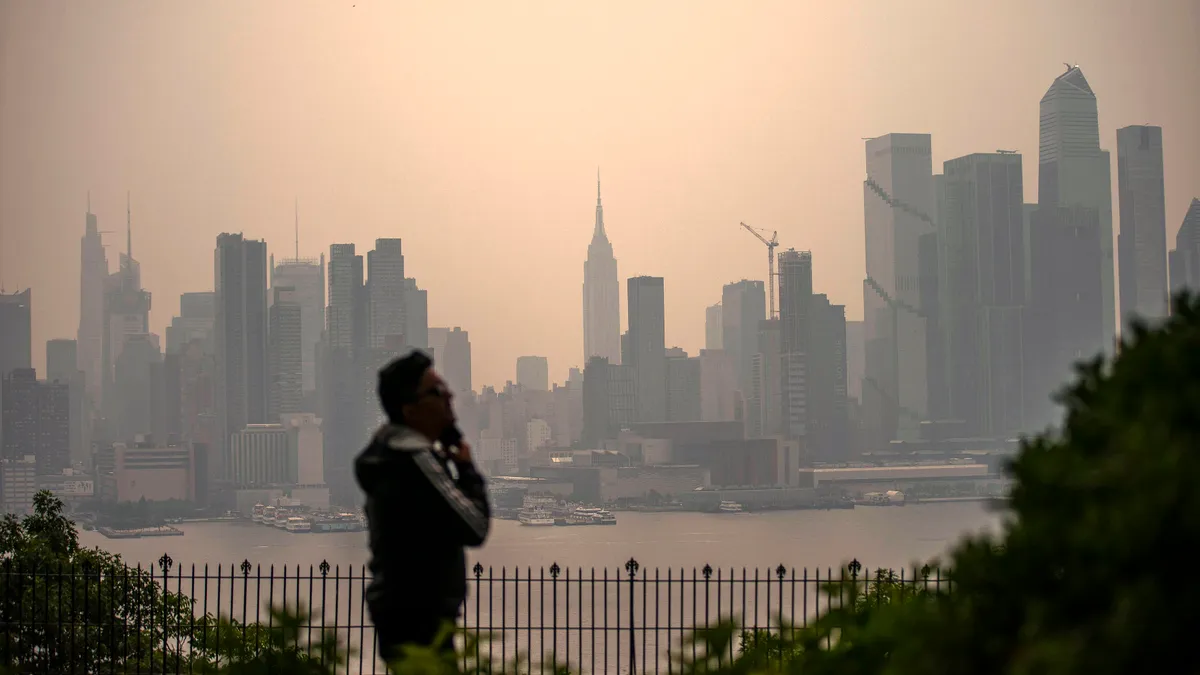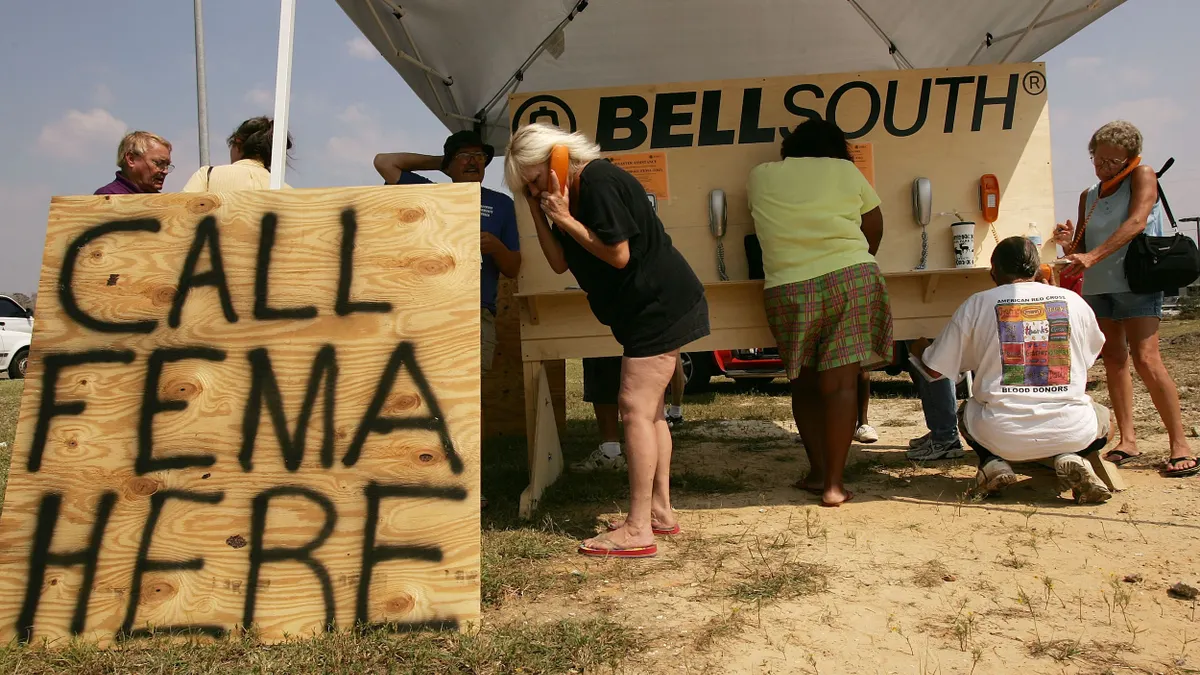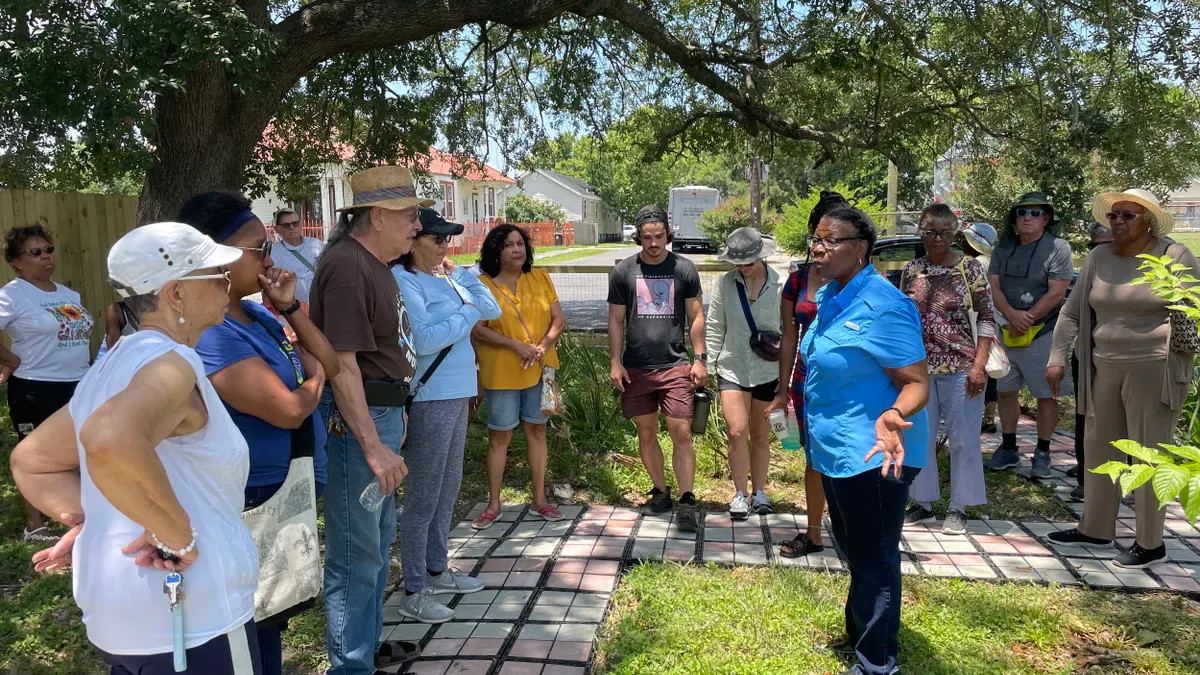As low-cost air quality sensors become more technologically advanced and readily available, U.S. communities and lawmakers are debating how the data they collect should be used to protect people from air pollution.
“There is an unprecedented level of air quality data being collected today,” said Bill Obermann, air program supervisor at Denver’s Department of Public Health and Environment, at a Senate Committee on Environment and Public Works hearing last week. “The time is now for clearly communicating what level of data quality is acceptable for use in agency decision-making and regulatory settings.”
Low-cost sensors differ considerably from the more accurate but much more expensive monitors currently used by the U.S. Environmental Protection Agency and state and local agencies to implement the Clean Air Act. While low-cost air sensors can go for as little as $100 each and typically cost less than $2,500, regulatory ambient air monitors can come with a price tag of up to $50,000, according to the EPA.
Denver is one of the local governments taking advantage of these easier-to-access sensors by operating them at 33 schools to monitor the levels of air pollution known as PM 2.5, which can lead to various health issues by deeply penetrating the lungs and entering the bloodstream. The real-time data is displayed in school lobbies, and Obermann said that it has provided an opportunity to educate the community, especially school nurses, about how to protect themselves and others when air quality is low — an increasing concern as climate change fuels more wildfires in the West. The city is planning on expanding the “Love My Air” program to local clinics in the next two years, bringing these locations interactive kiosks with information about air quality and public health.
Recent federal investments will bring even more of this technology to U.S. communities. In 2022, the EPA announced over $53 million in grants for 132 community air monitoring projects, most of which plan on using low-cost air sensors, said Omar Hammad, Congressional Research Service environmental policy analyst, at the Senate committee hearing.
What communities need most from EPA is guidance on how high-caliber air quality data can be used in planning, especially with the federal agency’s recently tightened standard for PM 2.5, and how local air quality monitoring near industrial facilities can be used to support air compliance oversight, Obermann said.
He also noted that local governments and smaller organizations, especially those in historically disadvantaged communities, need more technical assistance from the EPA to site sensors, maintain the equipment, analyze data, transmit data and educate the public. Many communities end up contracting out this work to private companies, spending grant money they could have used to build local capacity. Obermann suggested an alternative model where EPA staff or the agency’s contracted consultants provide and install database systems at the local level and teach local agencies and groups on how to use the data to improve oversight, rules or requirements on local air pollution sources.
Not everyone agrees that more low-cost sensors are a good investment. Sen. Shelley Moore Capito, R-W.V., said at the Senate committee hearing, “Despite the challenges faced by the existing network used for regulatory purposes, there has been a choice to prioritize funding for less-accurate, difficult-to-use, low-cost monitors.” She called for improvements to the existing monitoring network, a sentiment echoed by hearing witness Anne Austin, the EPA Office of Air and Radiation’s former principal deputy assistant administrator during the Trump administration.
“While personal air sensors can be useful tools to better understand our air quality and perhaps even direct regulatory resources to areas of concern, the existing air monitoring network, which we rely upon for regulatory decision-making, deserves our far greater focus, energy, and resources now and in the future,” Austin said.



















